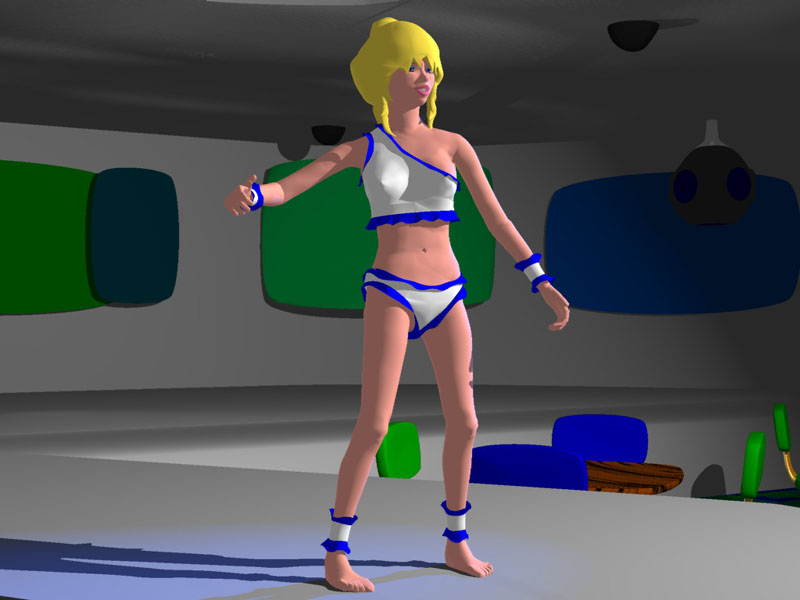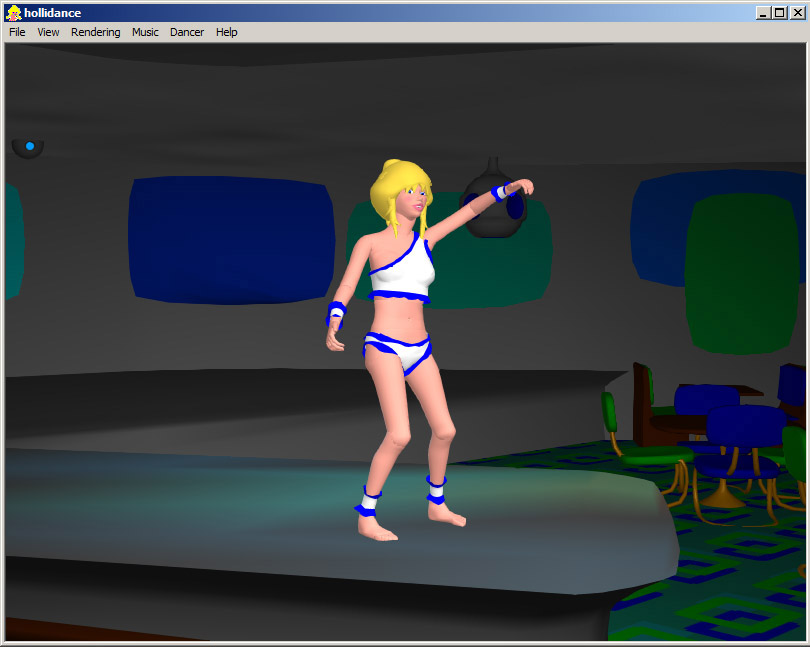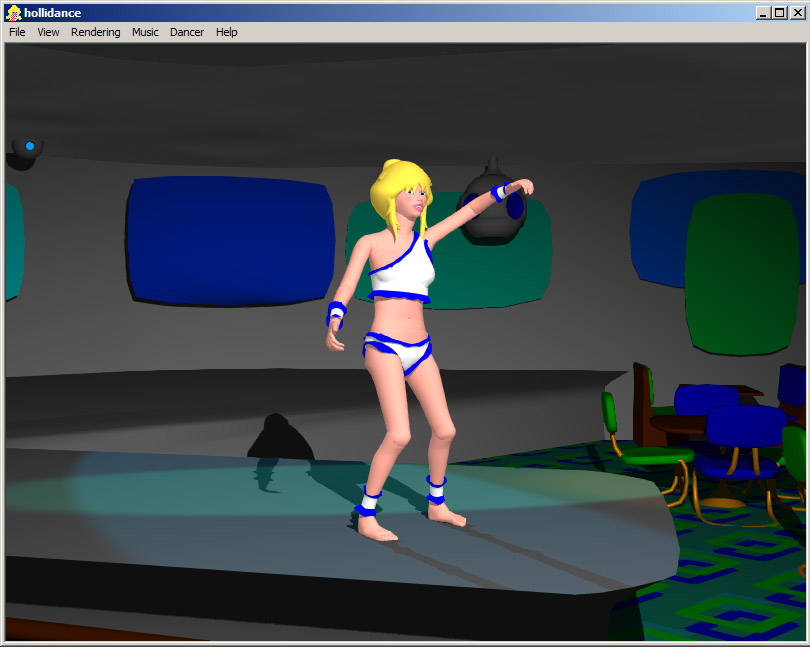
| Ray Tracing |
Scan Line |
Conclusion |
These two graphics techniques are quite different. Both have been in use for several decades now but have been used in different ways. Here we'll cover some of those differences and how they affected their use.
Ray Tracing
Ray Tracing
uses an optical approach to rendering. Rays are mathematically created for each
pixel in the final image. A ray starts in the camera and enters the scene through one of the pixels. This is the opposite direction that light would take, but eliminates having to calculate all the rays that don't reach the camera.
After a ray is created, its path is compared to the space that all the scene's objects occupy. Optimization eliminates the need to do an explicit intercept calculation for each polygon. If intercepts are found, the intercept for the shortest ray length is shaded based on the polygon's color and the scene's lights.
If the object is transparent or reflective, new rays can easily be generated from that point. Shadows are also easy to support by making rays that test incerpects between the original intercept point and the light sources.
Ray tracing sounds pretty easy, but it is computationally very expensive. In 1987, my first ray traced image took several days to render. A little over a decade later, I rendered this more complex scene in only 30 minutes!

This type of rendering is fast, but does not support photo realistic features like shadows or reflections. Those effects can only be simulated with fairly complex code.



Contact
I can be reached via at my web page at http://www.cool3dworld.org. You can email me at
dwhite603c@san.rr.com. Please reference HolliDance
in the email subject line.